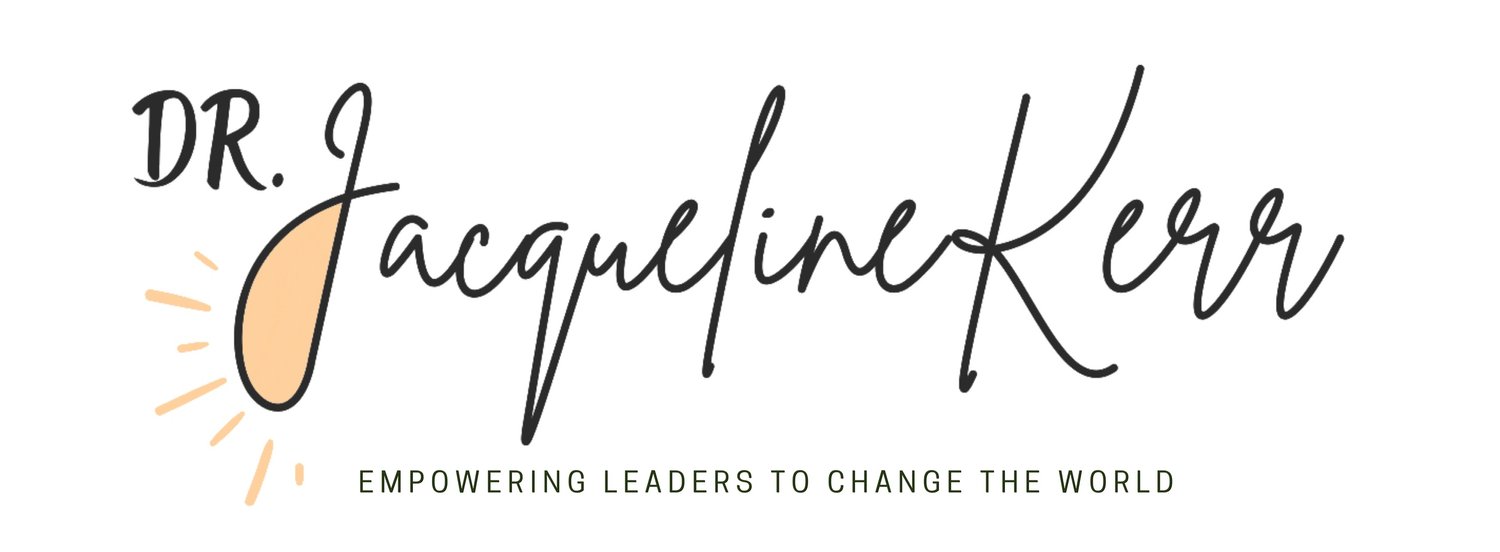What are the real behaviors that lead to burnout?
Most workplace burnout solutions focus on self-care for example exercise or meditation. While these behaviors can help individuals manage their stress through physiological processes, burnout is chronic stress created by workplace conditions described by Dr Christine Maslach including: overwork, lack of autonomy, lack of reward, injustice and value conflicts.
Rather than addressing the self care of the employees, a behavioral approach would focus on the managers who do not effectively delegate workloads, who do not trust employees enough to provide flexibility, and who do not have fair pay and promotions systems in place to reward performance.
What are behaviors that prevent overwork?
The evidence-based STAR program (Support, Transform, Achieve, Results) designed to fix the problems of work overload includes managers performing the following behaviors:
Focus less on when, where, and how work happens and more on results.
Acknowledge and support people’s lives and priorities outside of work.
Identify and reduce low-value work.
Clarify what is expected of each employee.
Encourage employees to share when they are feeling overloaded.
Make it the default that employees decide when and where they work.
Recognize that people need concentrated time (often offline) to work effectively.
Change up your own work routines to fit in your personal, family, or health commitments.
What are behaviors that cause and reduce unfair work conditions?
Dr Bohnet’s What Works: Equality by Design includes bias reduction solutions such as de-implementing self-appraisals, single person decisions, and unstructured interviews. And implementing structured interviews, assessed by diverse teams using objective criteria related to performance not potential.
Another framework for burnout comes from Freudenberger and North’s 12 stage model, which includes behaviors such as proving yourself, working harder, suppressing needs, avoiding conflict, and abandoning your values. Neither exercise or meditation would provide the skills needed to improve these burnout behaviors.
While coaching could provide some behavioral solutions to this cycle such as setting boundaries, saying no to unpaid work, self-promoting, and negotiating, these behaviors are counter-stereotypical for women and research shows that women can be penalized for such behaviors.
And this is one of the core challenges of burnout in working moms. The maternal wall and the motherhood penalty are two condition that epitomize lack of reward and injustice and these conditions lead to the cycle of having to re-prove ones worth and working harder to reap the same rewards. Indeed, research shows that even with similar performance, men’s potential is rated more highly and results in more promotions.
While the solutions provided by Dr Bohnet can overcome these systemic biases that lead to burnout, such policy changes still have to be adopted and implemented faithfully by company decision makers. So in this instance the key behaviors would require leaders to believe that such solutions were warranted.
Why is it so hard for leaders to see what behaviors lead to burnout?
And here is the crux of the problem, the chicken and egg of the situation. Most leaders have not experienced bias and burnout in their career. Their mental model for success is their hard work, their resilience, and their focus. Without experience of the distractions of unpaid office housework, their expertise being continually questioned, their values being dismissed as emotional, and daily sexist microaggressions they can not appreciate the toll this takes. The women who have succeeded despite these challenges, are equally invested in the system that allowed them to rise. They are not necessarily in a position to rock the boat.
So how do we create the conditions to incentivize objective hiring and promotion practices? If well-being were a key performance indicator, held accountable by the board of directors, and measured as a criterion of success and profitability, then the most effective solutions would be prioritized and invested in at all levels of the organization. The organization would monitor progress towards this goal, align its values with this goal, and reward leaders who supported this goal. These are the key behaviors that will reduce the bias that leads to burnout. Not exercise and meditation.
